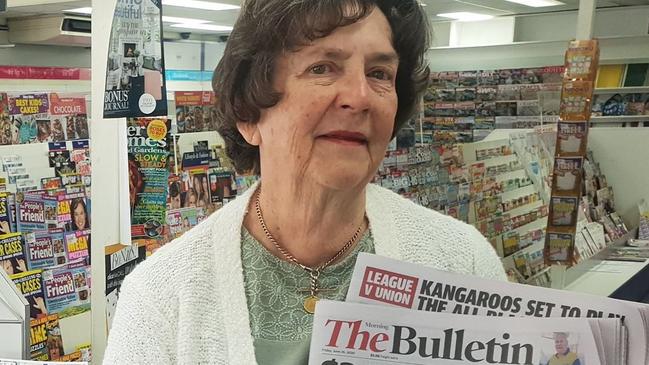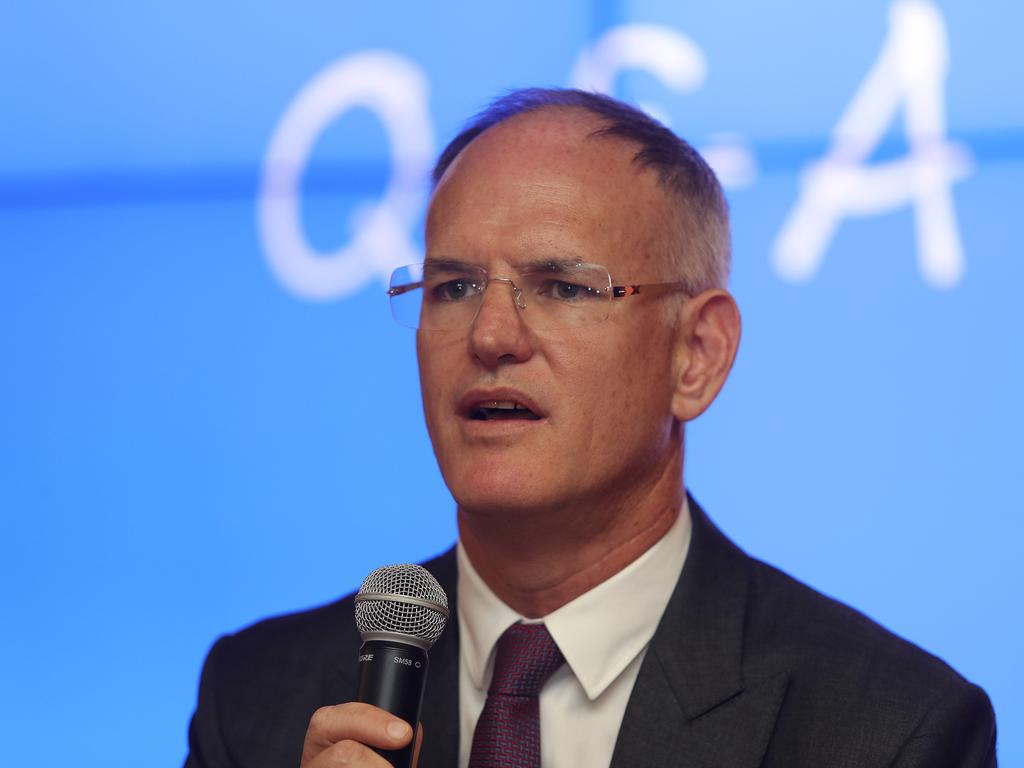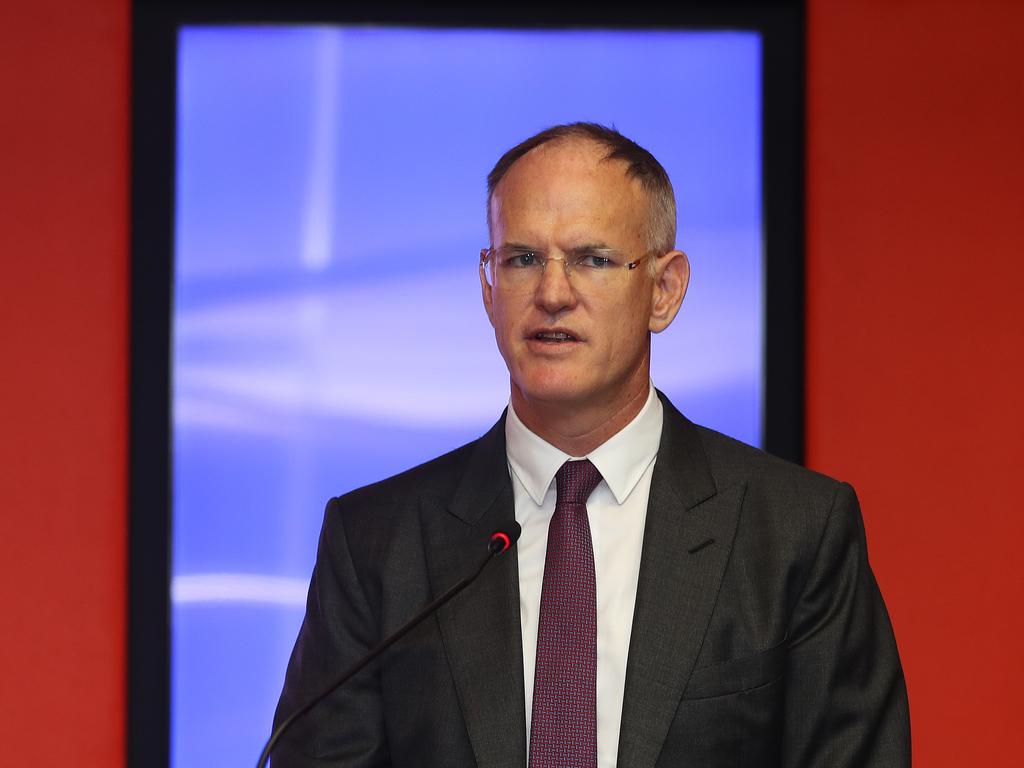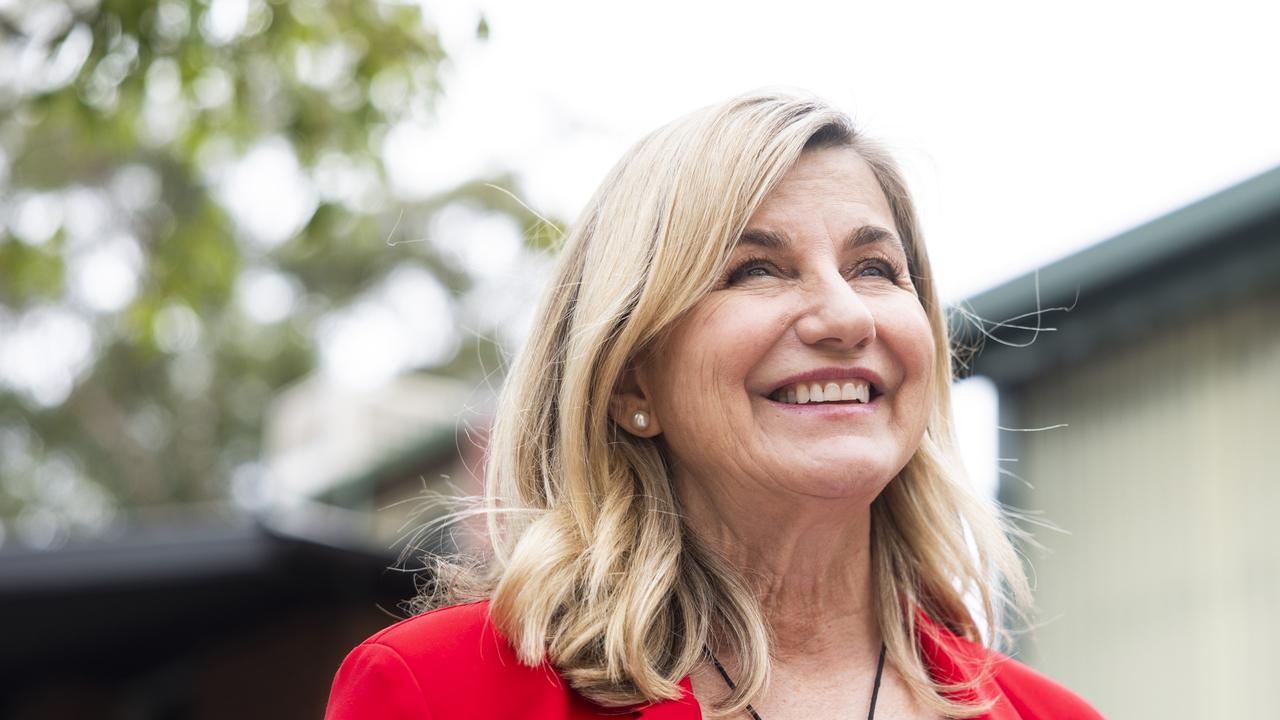Regional news to get $50m boost
A $50m funding injection for regional news outlets is being touted by the Morrison government to help offset ‘catastrophic drops in advertising revenue’.

A $50m funding injection for regional news outlets is being promoted by the Morrison government to help offset “catastrophic drops in advertising revenue” triggered by the coronavirus pandemic.
Communications Minister Paul Fletcher will announce the grants on Monday as part of a program to throw a lifeline to local and regional news providers. Mr Fletcher said the government would provide “specific and time-limited support” for 2020-21 to “assist the continued provision of quality news and information”.
The program will support local and regional journalism, with the $50m to be divided among 107 regional publishers and broadcasters who applied for the scheme, including Southern Cross Media, Prime Media and Australian Community Media. Five television applicants will receive $20m, 13 radio applicants will receive $12m and the 92 publishers who applied are set to receive $18m.
SCA and Prime Media will receive $10m and about $4.7m, respectively. ACM hasn’t disclosed how much funding it will receive, and News Corp Australia, publisher of The Australian, wasn’t eligible.
SCA chief executive Grant Blackley welcomed the announcement, saying “regional communities and businesses have been hit hard by COVID-19”.
“This funding will assist SCA‘s network of radio and television stations continue to keep 8.8m Australians and their local communities in regional and remote Australia informed about news and events that matter most to them,” Mr Blackley said in a statement.
Prime CEO Ian Audsley said the coronavirus crisis has had a “significant impact” on its ad revenue across regional Australia, which has “added to the threat to uniquely local programming”.
“The proposed funding will greatly assist Prime to maintain its local TV news bulletins which have the largest audiences in their respective markets,” Mr Audsley said.
Applications under the scheme were assessed through a demand-driven grant process overseen by the Department of Infrastructure, Transport, Regional Development and Communications. The funding levels for each media sector were determined by the “overall reach” of each and an assessment of their costs in producing public interest journalism. Grants are conditional on the publishers of suspended mastheads returning them to operation and restarting print distribution. A majority of publishers who are receiving grants operate small-to-medium sized businesses like local papers.
“These are unprecedented circumstances in regional media — with COVID-19 triggering catastrophic drops in advertising revenue leading to many newspapers suspending operations and threatening the sustainability of regional broadcasters,” Mr Fletcher said. “Local papers are the lifeblood of many towns across Australia. They connect communities and keep people informed.’’
The funding will be deployed across the 2021 financial year from July 1.







To join the conversation, please log in. Don't have an account? Register
Join the conversation, you are commenting as Logout